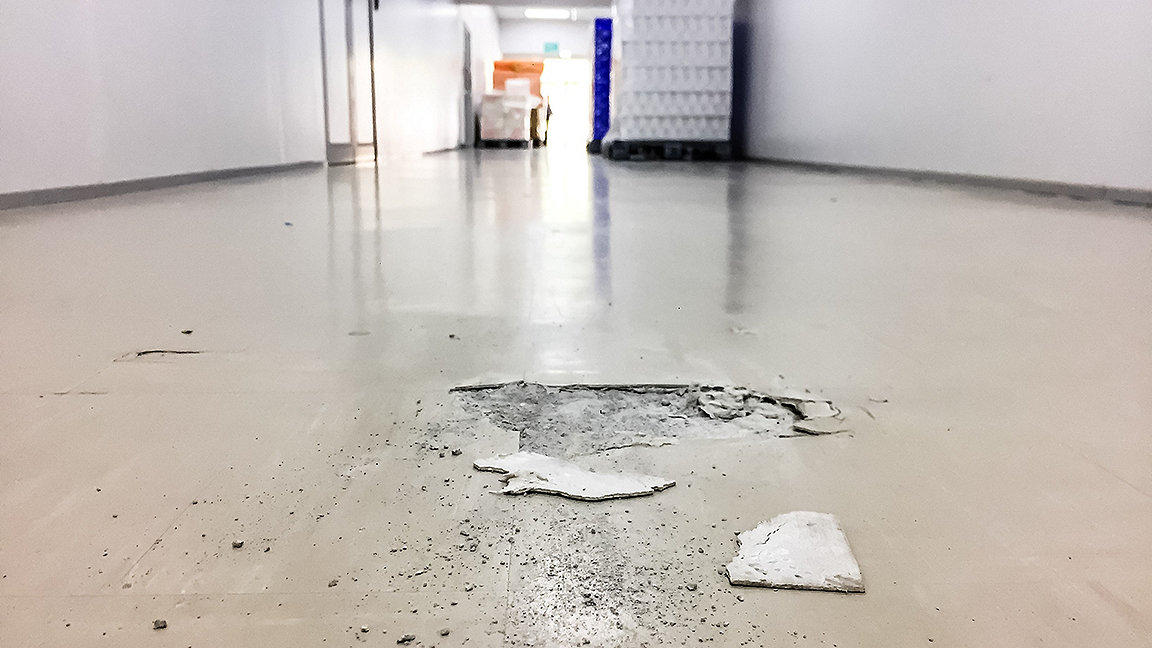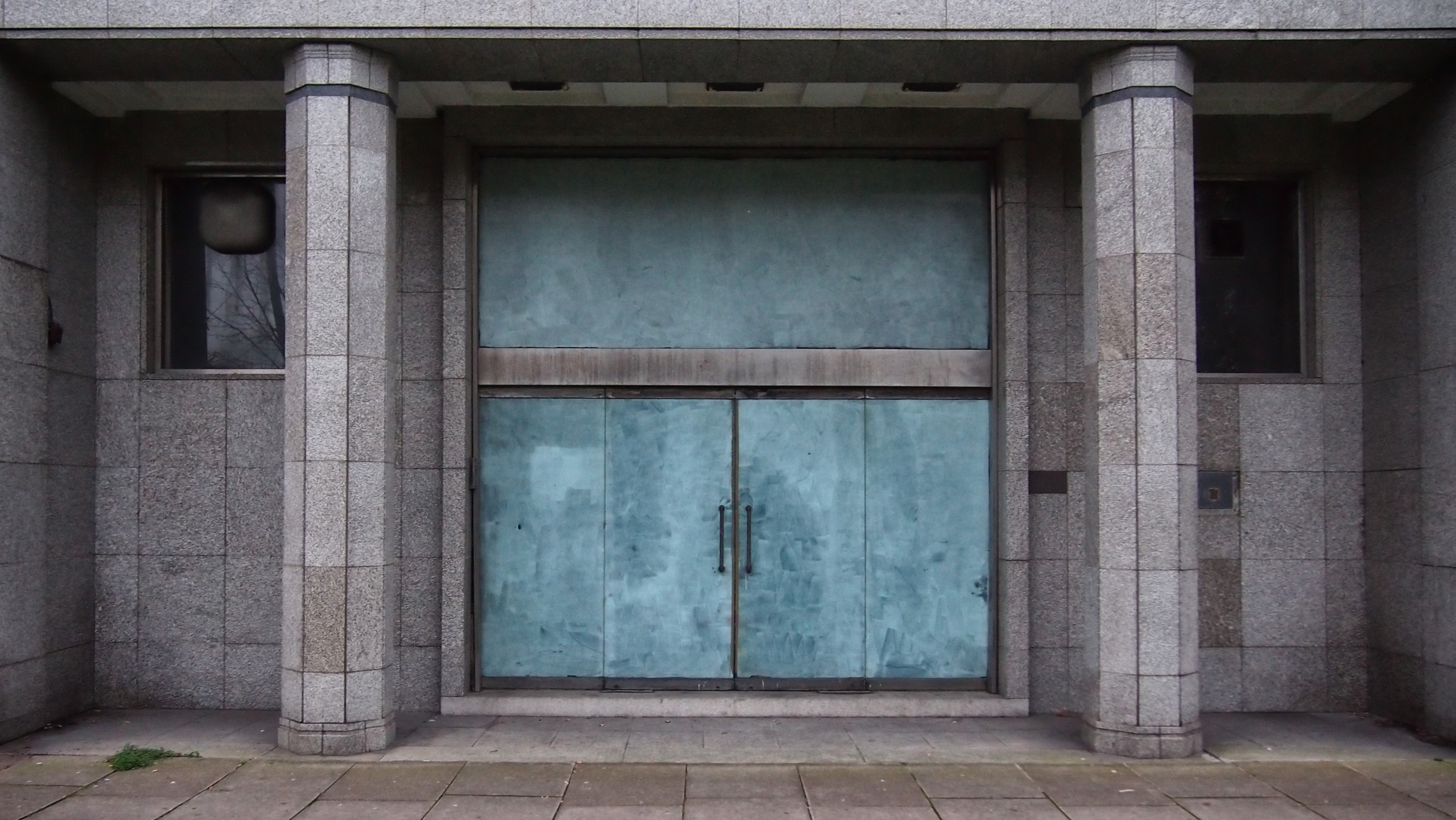
Dilapidations claims can be complex and time-consuming, but need handling with care to minimise the risk of ending up in court or exposing either party to unfounded liability or unnecessary costs.
While the tools needed to gather evidence for a claim have evolved considerably in the past few years, they will of course vary depending on the specific situation.
Carrying the correct kit
There are nonetheless a number of tools I regularly use when preparing for a claim, which can be considered the essentials.
- Measuring: a tape measure will often do, but a handheld light detection and ranging (LiDAR) scanner takes accuracy to the next level. They can be used to create three-dimensional models of the property, which are useful for measuring distances, identifying areas of damage and creating accurate floorplans. There is even an iPhone app for LiDAR scanning, although I find this is generally not as accurate.
- Recording condition: a decent camera or mobile phone is key, but for more complex claims or larger sites a GoPro can be used to take high-resolution photos and videos of the property. I find that these images come in handy further down the line, when compiling your report.
- Light meters: these are important when there are claims for rooflights in a warehouse. In the case of Twinmar Holdings Ltd v Klarius UK Ltd & Anor [2013] EWHC 944 (TCC), for instance, it was held that soiled rooflights would not be in good condition if artificial light were required during daylight hours for normal tasks – a claim which would have been difficult without the use of a light meter.
- Damp meters: surveyors need to be aware of the limitations with these devices, especially when used on materials other than wood. Nevertheless, they are still a key piece of kit in identifying areas where there may be water damage.
- A virtual tour: while Google Street View is a prominent example, my employer Hollis has its own version, H360. This uses a camera with a 360° view to record key data you might otherwise miss when walking through a building.
What evidence do you need to collect?
It is important for you to collect evidence of any breaches of covenant, not only with the building fabric but also aspects of the property such as its mechanical and electrical systems, fixtures and chattels. Armed with the evidence, you can then call in any specialist testing you may need.
Examples of additional evidence you should try and obtain include the following.
- Test certificates: covering, for example, fire alarms, electrical systems, lifts and gas, these should show that the systems in the property have been tested and are safe.
- CCTV drainage surveys: these specialist surveys involve placing a camera down a drain to capture hidden defects. Without specialist surveys, it is possible to miss significant defects, making them highly relevant and typical to dilapidations.
- Maintenance logs and records: these provide a useful insight into any breakdowns in services.
- Letting details: these or other documentation show the condition of the property when the tenant took occupancy, and can be used to demonstrate any deterioration or damage that has occurred during the lease.
There is frequent debate as to whether the tenant is obliged to provide this information; however, without it there is often ambiguity. Gathering the best records will allow greater certainty and quicker settlements.
How best to present a claim
When presenting a dilapidations claim, it is important to ensure that it is clear, comprehensive and well organised. You may collect a lot of data, but you don't need to present it all.
In one case I worked on, for example, I took over from a landlord's surveyor who had spent 36 hours taking tens of thousands of photographs, and who had produced a claim of 4,000 items. I managed to get that down to fewer than 100 items that couldn't be argued, which led to a quick settlement just ahead of trial.
A coherent claim that clearly outlines what you are requesting should include the following.
- A detailed schedule of dilapidations: this should be a comprehensive list of all the items, broken down into categories such as repairs, decorations and reinstatement. It should give detailed descriptions of each item along with estimated costs and supporting photographs.
- Clear and concise language: avoid using technical jargon or overly complex language.
- A logical structure: present your claim in a logical way, starting with the most important information first and progressing in a clear and easy-to-follow order.
- Visual aids: photographs or diagrams can be particularly useful when presenting evidence, helping to clarify your claim and make it easier to understand.
In particular, take care with your use of terminology. The terms 'without prejudice' and 'subject to contract' have specific legal meanings and should be used correctly to avoid misunderstandings, facilitating negotiation and protecting both parties until a final agreement is reached and a formal contract is signed.
'Without prejudice' is used to indicate that any communication or offer relating to a claim is being made in a way that is non-binding. That communication or offer cannot therefore be referred to in court or in any other legal proceedings. However, although this does promote open discussions, it can be overused by surveyors.
'Subject to contract' meanwhile is a term used to indicate that any agreement reached between the parties during the negotiation process is not legally binding until a formal contract is signed.
Watch out for common sticking points
Negotiations can take time and the longer the process, the more expensive it can be for both parties.
Some claims can run on for years, but as a general rule if you haven't settled within six months when acting for a landlord then you need to change your approach. That might entail a referral to RICS Dispute Resolution Service for resolution, mediation or legal escalation.
VAT is another common bone of contention in dilapidations cases. The settled position is that if the landlord can recover VAT then they can't also claim it back from the tenant. If a landlord isn't VAT-registered but their tenant is, the latter may be better off procuring the works themselves before lease expiry to reduce their cost exposure.
Finally, works to improve energy performance certificate ratings and meet the Minimum Energy Efficiency Standards remain a key area for dispute. As a profession we therefore need to do our part, whether that's switching out old fluorescent lightbulbs for LEDs or reusing part of a fit-out.
When it comes to major improvements, running a successful dilapidations claim will be much harder. A landlord will need to prove that a need to replace an element is within the repairing covenant, and they are seeking to do so because of its condition.
If there is clear evidence that a building will need to be significantly upgraded to meet legislation regardless of its condition, then the argument for recovery will be compromised.
'If you haven't settled a claim within six months when acting for a landlord then you need to change your approach'
Clarity reduces risk and builds trust
Coherent dilapidations claims ensure clarity and transparency for all parties involved. Whether you are representing the landlord or the tenant, a clear and concise approach will ensure that there are no misunderstandings or disputes, which can lead to unnecessary costs and delays.
A coherent claim demonstrates a surveyor's professionalism and expertise, helping to build trust with the client and ensuring a smooth and efficient resolution of any disputes relating to a property's condition.

